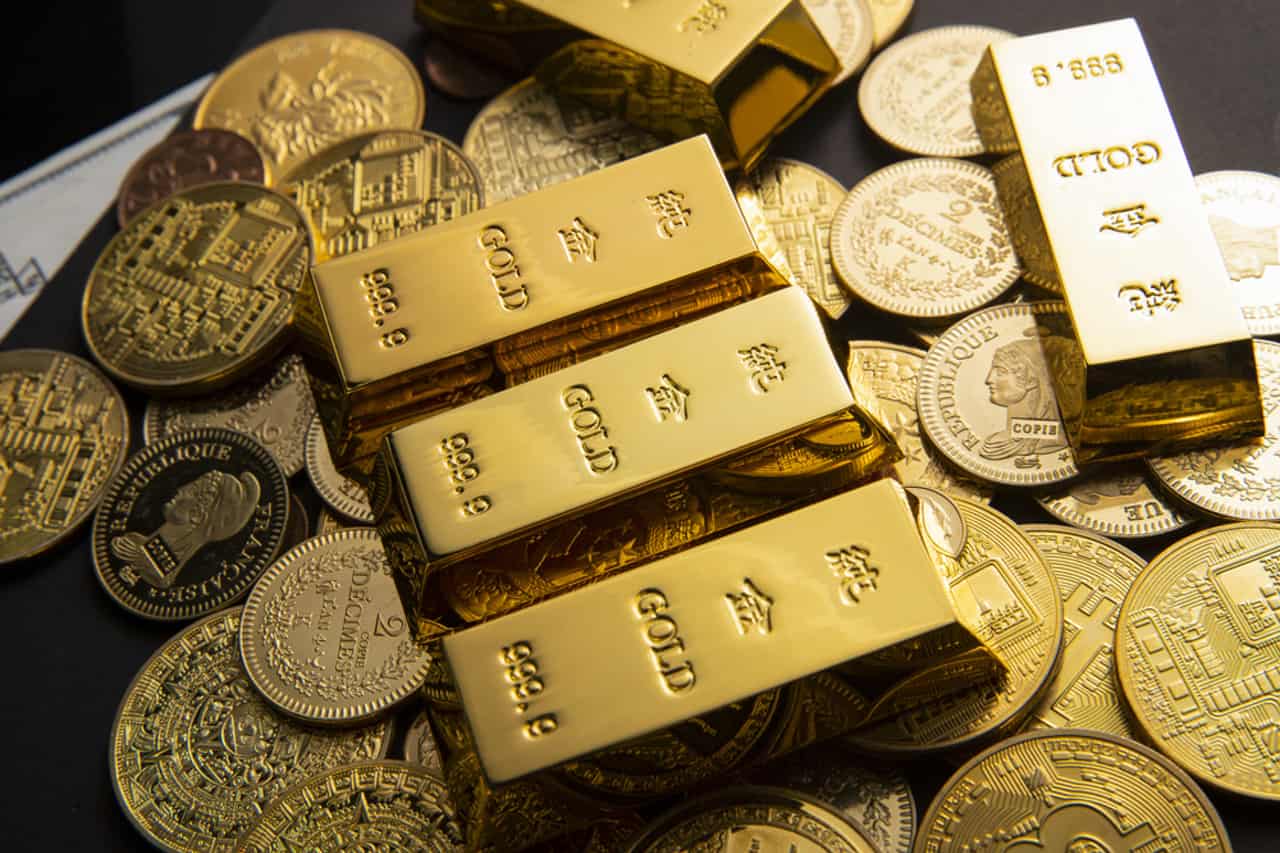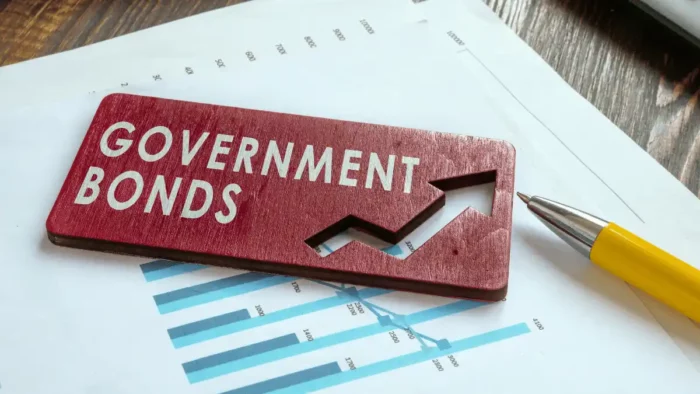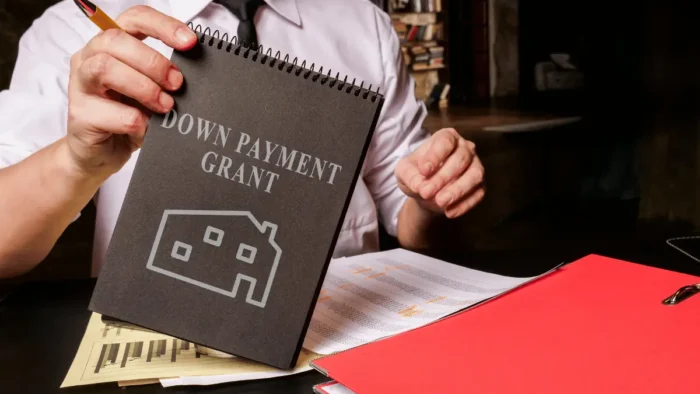Gold and silver have been around for centuries as a form of currency. In recent years, coin and bullion investing have seen a resurgence in popularity. With many people looking for a way to diversify their portfolio, it’s no surprise they’re looking into this type of investment. With several other investments, such as cryptocurrencies, real estate, and stocks, seeing a lot of volatility, it’s understandable that people would want to invest in something with a more stable value.
Investment goals in 2022 have shifted to portfolio growth and profitable investments. Many people are now looking to invest in gold and silver to protect their portfolios from inflation. Gold has always been seen as a haven asset. With the current economic conditions, that is truer than ever. While there are several ways to invest in precious methods, such as buying physical gold or silver, ETFs, and mining stocks, many still prefer investing in coins and bullions.
As an investor, you may be interested in following the same route and investing in coins and bullions. But the question remains, are coin and bullion investing profitably in 2022? Here’s a detailed blog on investing in coins and bullions and if it’s profitable in 2022 and beyond.
How To Invest In Coins And Bullions
One of the most challenging things for investors is buying the right coins and bullions. With the market flooded with counterfeit and low-quality items, it can be challenging to find reputable dealers. Here are some tips to guide you on investing in coins and bullions.
Buy From A Trusted Dealer
The first step when investing in coins and bullions is to buy original precious metal from a trusted dealer. There are many ways to find reputable dealers, but the easiest way is to look for ones accredited by the Professional Numismatists Guild or the American Numismatic Association. These organizations only certify dealers with a good reputation who sell high-quality precious metals.
You can check their sites for a list of their accredited dealers. Once you’ve found a few, take the time to research each one. For example, you can check coin dealers’ sites, such as Infinitycoins.com, for reviews online to see if there are any complaints against them. It’s also a good idea to visit their office in person to get a better feel for their business. This will protect you from buying a fake or low-quality product.
Check The Quality Of The Coin Or Bullion
The next step is to check the quality of the coin or bullion you’re interested in buying. For coins, this includes checking the grade, weight, and condition. You can use a magnifying glass to closely inspect the coin for any damage, such as scratches, nicks, or cracks. It’s also important to check the coin’s weight as this can affect its value.
For bullions, you’ll want to check the purity and weight. A bullion is usually made from gold, silver, platinum, or palladium. The most common form of bullion bars can also come in coins, rounds, or ingots. The purity of bullion is measured in fineness and is usually stamped on the bar. For example, a bar with a purity of .999 is 99.99% pure gold.
The weight of bullions is also important as this will affect their value. Bullion is usually measured in troy ounces, but it can also be measured in grams or kilograms.
When checking the quality of a coin or bullion, it’s important to use a trusted source such as an accredited dealer or grading company. This will ensure that you get accurate information about the metal’s quality.
Know The Value Of The Coin Or Bullion
The value of a coin or bullion can be determined by its weight, purity, and condition. The most common way to determine the value of a coin or bullion is by using a pricing guide. These guides list the current prices for coins and bullion based on their weight, purity, and condition.
Another way to determine a coin or bullion’s value is by using an online calculator. These calculators use current market prices to estimate the value of a coin or bullion.
Store Your Coin Or Bullion Properly
Once you’ve purchased a coin or bullion, it’s important to store it properly to prevent damage. Coins should be stored in a protective case such as an airtight plastic holder or a soft cloth pouch. Bullion can be stored in various ways, but the most common method is keeping it in a bank’s safety deposit box.
When storing your coin or bullion, it’s important to keep it in a safe and secure location. This will protect it from theft or damage. Many dealers also offer storage services for an additional fee.
Insure Your Investment
Once you’ve purchased coin or bullion, it’s a good idea to insure your investment. This will protect your investment in case of theft, loss, or damage. While you can purchase the standard homeowner’s policy, it’ll likely fall short of the current value of the precious metals. Therefore, you can purchase the floater policy, which will provide coverage for the bullion or coin’s current value.

Is Coin And Bullion Investment Profitable?
Coin and bullion investing can be profitable if you do your research and purchase quality products. However, it’s important to remember that the value of these investments can fluctuate over time. Therefore, it’s important to monitor your investment and ensure it’s still worth what you paid.
Here are some of the reasons coins and bullions are still profitable:
1. Positive Trends In The Price Of Precious Metals
The general positive trends in the prices of precious metals, such as gold and silver, can still be seen in the market. These two precious metals have been doing great for the past few years, which is a good indication that they’ll continue to do well in the future. For example, beginning March 2022, gold traded above USD $2000/oz for the first time in history.
This means that if you purchased gold a few years ago, you’d have already made a significant profit on your investment. While the price dropped to about USD $1700/oz in September 2022, it still indicates a positive annual return than gold investors experienced in the past few years.
Similarly, silver has also been on an uptrend and is currently trading at an average closing price of USD $22.05/oz. This is a significant drop compared with 2021, which averaged a closing price of USD $25.14/oz. However, it’s still higher than the average closing price in 2020 of USD $20.69/oz and 2019 of USD $16.22/oz. This drop in precious metal is expected to correct itself and return to the normal positive trend in the future, making it a good investment beyond 2022.
2. Global Economic Instability
The global economic instability caused by the Covid-19 pandemic has increased the demand for safe-haven assets such as gold and silver. This is because investors seek to protect their wealth from the effects of inflation.
The global economic instability will continue beyond 2022 as some countries and businesses are still trying to recover from the pandemic. This means that the demand for safe-haven assets will likely continue, supporting the prices of gold and silver. As witnessed, the price of gold in 2021 was high as it proved to be a cushion against economic uncertainty. Therefore, it’ll continue to be the go-to cushion against any future disaster and economic uncertainty, making it an excellent investment.
3. Hedge Against Inflation
Inflation is one of the investors’ biggest fears because it makes fiat currencies such as the US dollar lose value over time. This is why many investors seek to hedge against inflation by investing in assets such as gold and silver. These precious metals tend to maintain their purchasing power despite inflation.
Gold has proven to be a good hedge against inflation in the past, which is likely to continue beyond 2022. For example, during stagflation in the 1970s, when there was high inflation and unemployment, gold prices rose from about USD $35/oz in 1971 to a peak of USD $640/oz in 1980. This proved that gold thrives when there’s inflation and economic uncertainty.
Similarly, silver also did well during this period, with prices rising from about USD $1.50/oz in 1971 to a peak of USD $20.98/oz in 1980. This means that investors who purchased gold and silver during this period would have made a significant profit on their investment. The same case can be said for investors looking into coins and bullion investments in 2022 and beyond as a hedge against inflation.
4. Coins And Bullions Are Good Portfolio Diversifiers
Many investors seek to diversify their portfolios by investing in assets such as coins and bullions. This is because these assets tend to have a low correlation with other asset classes, reducing the portfolio’s overall risk. For example, during the Covid-19 pandemic, while stocks were crashing, gold prices surged to new all-time highs. This showed that gold could perform well even when other asset classes struggled.
The same case can be said for silver, which also surged to new all-time highs during the pandemic. This proves that investing in coins and bullions is a good way to diversify your portfolio and reduce risk. The prices of precious metals during such times tend to negatively correlate with other asset classes, making them good portfolio diversifiers.
5. Coins And Bullions Are Good Ways To Store Wealth
Another reason many investors invest in coins and bullions is that it’s a good way to store wealth. This is because these assets tend to hold their value over time. Hence, they can be used as a store of value. For example, gold has been a store of value for centuries, and its purchasing power has remained relatively stable.
This is because gold is a scarce resource, and only a limited amount can be mined. This means that the supply of gold is relatively fixed, which supports its value. Moreover, holding coins and bullions for a long time, like over a year, has tax benefits as it’s considered a long-term investment. This is because long-term capital gains are subject to taxes at a lower rate than short-term gains. For example, the US Internal Revenue Service (IRS) taxes physical precious metals at a maximum rate of 28%, while short-term gains are levied at the normal income tax rate, which could be as high as 39.6%. This makes investing in coins and bullions a good way to store wealth and save on taxes.
Risks Associated With Coins And Bullions
However, it’s important to note that there are also risks associated with investing in coins and bullions. Investors must consider these risks when deciding whether to invest in physical precious metals. Some of the risks include:
Safety of the coins and billions:
When you invest in physical coins and bullions, you must ensure they’re stored safely. This is because it would be difficult to recover them if lost or stolen. Moreover, if you keep your coins and bullions at home, there’s also the risk of them being destroyed by fire or floods. This is why it’s important to store your coins and bullions in a safe and secure location, such as a bank vault.
Transportation and storage costs:
When you invest in physical coins and bullions, you need to factor in the costs of transporting and storing them. This is because these assets are bulky and heavy; they can be expensive to transport and store. For example, if you want to store your coins and bullions in a bank vault, you must pay the storage fees.
No cash flow:
Physical precious metals don’t have any cash flow, so you’ll not earn any income from holding them. This contrasts with other asset classes, such as stocks and bonds, which provide regular income through dividends or interest payments.
Conclusion
Coin and bullion investing is a good way to diversify your portfolio and reduce risk. They have many investment benefits once you know how to do it properly. However, like any other investment, there are also some risks associated with it that you need to be aware of. But if you’re willing to take on the risks, then investing in coins and bullions could be a profitable investment for you in the long run. Read this article on some insights into investing in coins and bullions to see if it’s worth it in 2022 and beyond.





